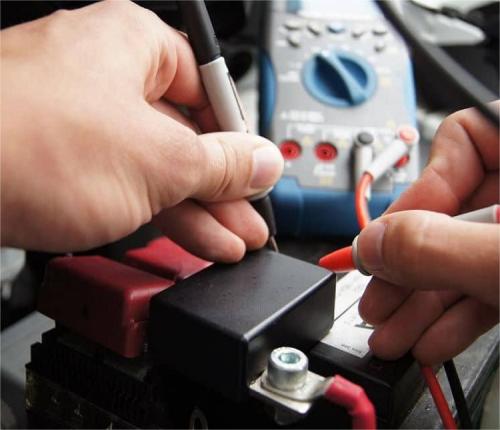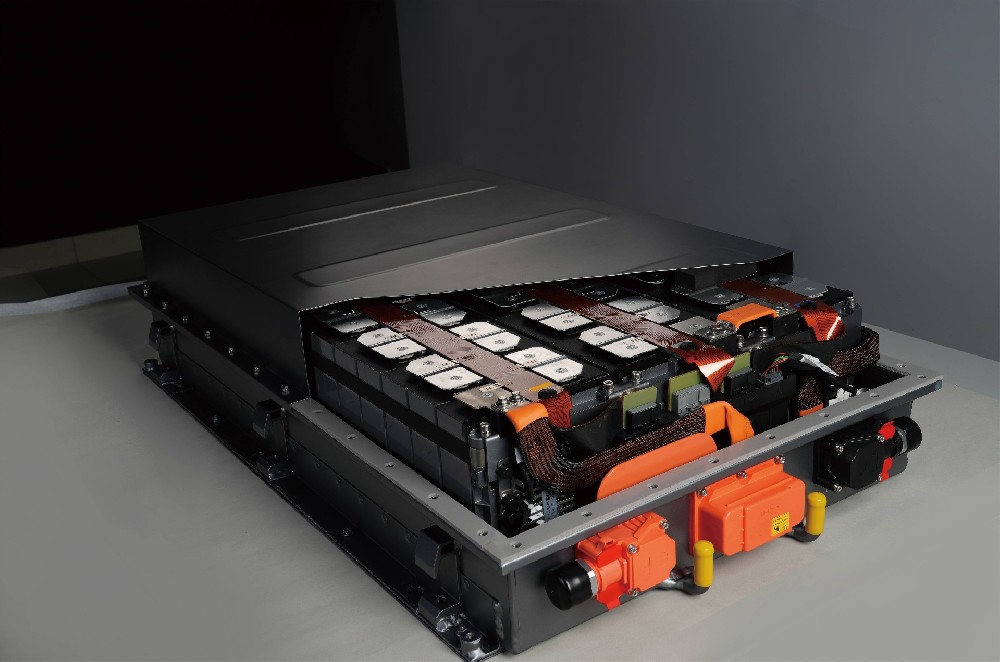Lithium-Ion Battery Care Guide
In the new energy industry, the battery management system (BMS) is an unavoidable topic. Whether it is the energy storage battery that provides stable support for the solar energy storage system or the power battery that drives the electric vehicle at high speed, it is inseparable from the precise management of the BMS. But the same BMS, the BMS of the energy storage battery and the BMS of the power battery have completely different functional focuses. Which one is more suitable for your needs? Let's talk about their differences today.
Energy storage battery BMS: stability and life as the core
The main task of the energy storage battery BMS is to ensure that the energy storage system maintains an efficient and stable charging and discharging process in long-term operation. Taking the solar energy storage system as an example, when the photovoltaic panels generate electricity during the day, the excess electricity will be stored in the battery, and then released to supply power at night or on rainy days. This process requires the BMS to have precise energy management capabilities to ensure that the battery's charging and discharging rate is stable, avoid overcharging or over-discharging, and extend the battery life.
In addition, energy storage systems are often large in scale and have a large number of batteries, so BMS needs to provide stronger data management capabilities, monitor the status of each battery cell in real time, balance the voltage and temperature of each battery pack, and ensure the stability of the entire system. Energy storage BMS is more like a careful "housekeeper", always paying attention to battery health and optimizing charging and discharging strategies to ensure long-term economic benefits.
Power battery BMS: Born for high-performance output
In contrast, power battery BMS pays more attention to high-power instantaneous output. Electric vehicles need to complete acceleration, braking and other actions in a short period of time, which requires extremely high battery charging and discharging rates. The core goal of power BMS is to improve the response speed of the battery, ensure stable power output in extreme driving conditions, and prevent the battery from overheating or damage.
Another major challenge of power BMS is battery balancing. Since the power battery pack is composed of hundreds or even thousands of batteries, if the battery cell voltage is not balanced, it may lead to endurance degradation or even safety hazards. Therefore, the power BMS must have efficient balancing management capabilities to ensure that the charging and discharging status of each battery cell is consistent, thereby improving the overall performance of the battery pack.
How to choose the right BMS for you?
If your goal is home or commercial energy storage, especially solar energy storage system, it is more appropriate to choose energy storage battery BMS. It can optimize energy storage, improve system efficiency, and extend battery life to ensure long-term stable operation of energy storage system.
If your demand is high-power applications, such as electric vehicles, electric motorcycles, etc., then power battery BMS is a better choice. It can accurately manage the battery charging and discharging status, ensure strong power output, and improve the safety and reliability of the battery.
The future of BMS: intelligence and high efficiency in parallel
Whether it is energy storage BMS or power BMS, the future development direction is inseparable from intelligence. With the integration of AI and big data technology, BMS will be able to achieve more accurate battery health prediction, more efficient energy management, and further improve the safety and life of the battery.
For the new energy industry, BMS is not only the "guardian god" of the battery, but also a key technology to promote the popularization of green energy. Whether you want to build an efficient energy storage system or improve the endurance and power of electric vehicles, choosing a suitable BMS can maximize the value of the battery.






